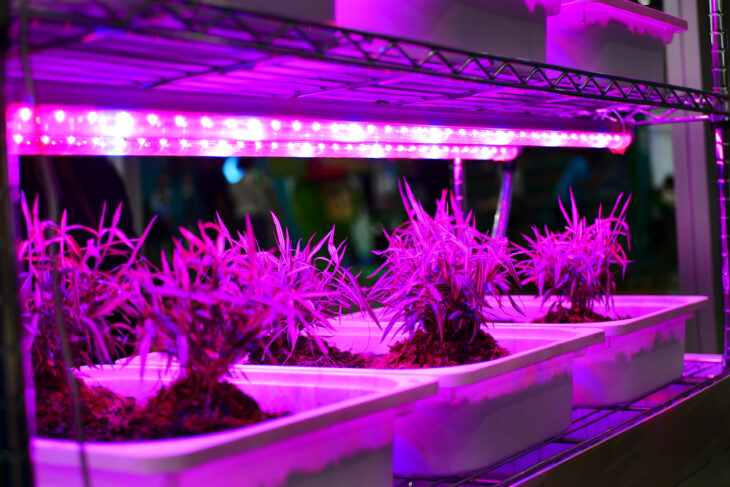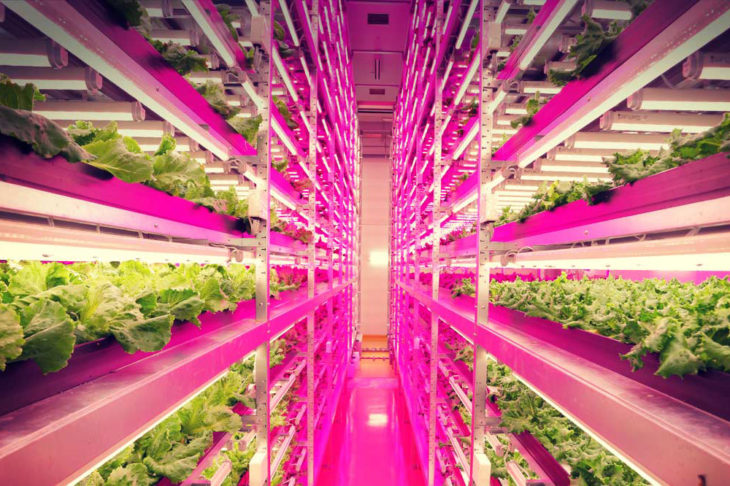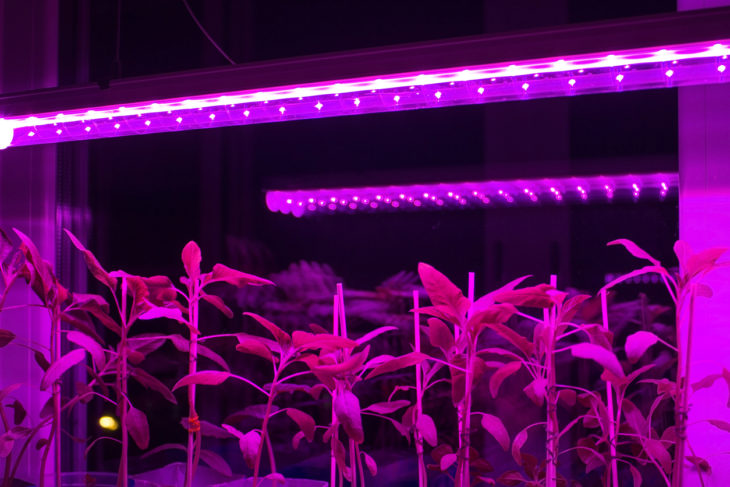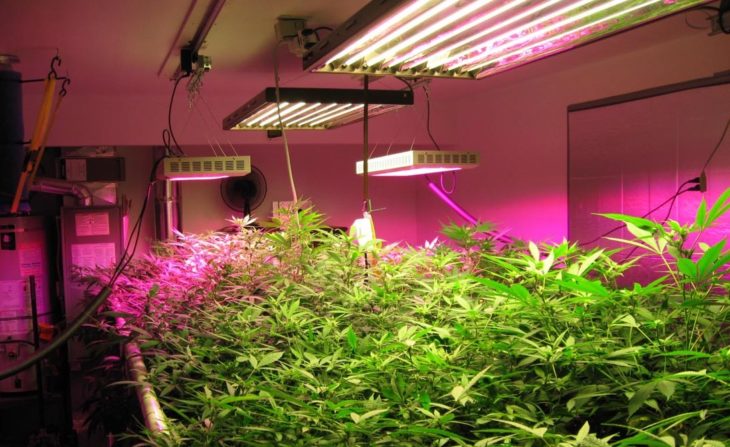LED growth lights can help you nurture a range of plants indoors, whether you’re rearing a rare species flower or simply growing herbs and greens for the dinner table.
Indoor gardening has several advantages over outside gardening. The most obvious benefit is that you have better temperature control. Most plants have a specific temperature range in which they will bloom or produce fruit.
The humidity level is another component you can regulate in an indoor growing environment. While some plants thrive in moist, humid climates, others are susceptible to disease. On the other hand, many succulents and cacti prefer a dry atmosphere, which you may supply in an air-conditioned room.
However, outdoor gardening has one significant advantage over indoor gardening: it provides abundant sunlight that many plants require to thrive.
Nonetheless, LED growth lights may offer all the light your plants require efficiently and cost-effectively.

Source: gardeningknowhow.com
Contents
What exactly are LEDs, and how do they function?
LEDs (Light Emitting Diodes) are small electronic devices made of two types of semiconductor material, one with a negative charge (electrons) and the other with a positive charge (holes). When supplied with the correct voltage, electric current begins to flow through it, causing electrons and holes to collide and release energy in the form of photons, or light quanta, in a process known as recombination.
Modern LEDs have excellent brightness and a wide choice of colors in the visible, infrared, and ultraviolet spectral segments. However, early LEDs had a modest light output and limited color selection.
To learn about the best growth lights, visit cocafish.com.

Source: Pinterest.com
What are LED growth lights, and how do you use them?
As their name implies, LED growth lights are luminaires that create light for growing plants using LED chips in a modern and efficient manner. LED growth lights exist in a variety of shapes and sizes, but as the most critical components, LED chips have the most influence on the light quality, i.e., spectrum (colors) and photon flux (“brightness”) produced.
Because LED growth light manufacturers have complete control over the LEDs used in their lamps, it’s critical to know which type of LED growth light is ideal for a given application. The ability to adapt the light to the demands of plants is one of the advantages of LED growth lights over traditional lighting options.
What impact does LED grow lights have on plants?
Various studies have proven that particular colors influence plant growth, affecting root and flower production (blue and red light spectra). It effectively means that most plant types will complete a regular growth cycle if exposed to both blue and red grow lights.
Other colors in the spectrum, such as green, far-red, and deep-blue, enhance this process by providing plants with more information about their surroundings, resulting in higher-quality growth overall (quicker growth, more secondary metabolite accumulation, etc.).
The term “full-spectrum” refers to a spectrum that comprises all colors and closely resembles sunshine. The light will look white to human eyes if it has a significant amount of green, and while this isn’t a necessity for plant growth, it does make working around these lights easier and allows for visual inspection of the plants.

Source: Shutterstock.com
Benefits Of LED Growth Lights
-
Fast Harvest Cycle
Plants only know one thing: they can’t grow without sunlight. They would probably continue to develop if they got access to the sun for the entire day. Unfortunately for them, though, the sun sets at some time – which means that they also cease developing for a good couple of hours.
With LED lights, though, the “sun” will not be setting — and the plants won’t even know it. They’ll only notice that they have enough light to thrive, and they’ll continue to grow in their well-lit growth room even when it’s pitch black outside.
-
Longer Lifespan
LED lights have a longer lifespan than a regular light bulb, which is one of the reasons they are becoming increasingly popular. Because of their lower operating temperatures, LED growth lights can last up to 50,000 hours, far longer than traditional lighting systems.

Source: Shopise.com
-
Energy Conservation
Heat emission and the “burn” required to create a light account for most of our electricity cost. However, because LED growth lights do not use any energy to produce light, they can help us save money on our electricity bills. You get the same amount of light while saving money in the process.
-
Healthy Plants
When typical lights are used on plants, the burning effect bounces off the plant, causing it to dry out if the temperature is not correct. Everything that emits damaging UV radiation can hurt plants, requiring significantly more energy and water to survive. LED growth lights, on the other hand, are gentler on plants. The plant will not feel as if it is overworking itself because the energy supply is quite limited. Because LED lights are less harsh on plants than traditional lights, you will save money on electricity and water.

Source: ishn.com
-
Environmentally Friendly
Previously, we did not place a high value on ecologically friendly items, but today everyone is beginning to see their value. In a time when breathing the air around us is becoming increasingly complex, we recognize that burning more air and producing garbage will only make things worse.
On the other hand, LED growth lights can be completely recycled, making them a more environmentally responsible option than HID lights. Those lights contain a significant amount of mercury, which can be extremely harmful to the environment when burned.
Conclusion
When you first start using growth lights for plants, it can appear tricky, but it’s a very straightforward technique that’s simple to follow and understand. LEDs are the ideal option for beginner growers because they don’t produce a lot of heat. Many LED growth lights have various settings, allowing you to swiftly adjust the light type to meet the demands of your plants.
If you want to grow anything indoors, LED plant growth lights are an excellent choice. Best of all, if you’ve gotten the hang of it and want to add more plants or new varieties to your setup, you can quickly scale up your LED growth light system.
